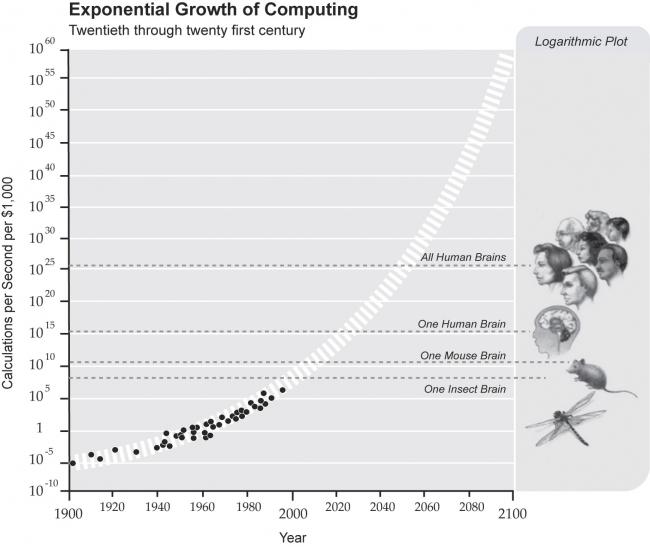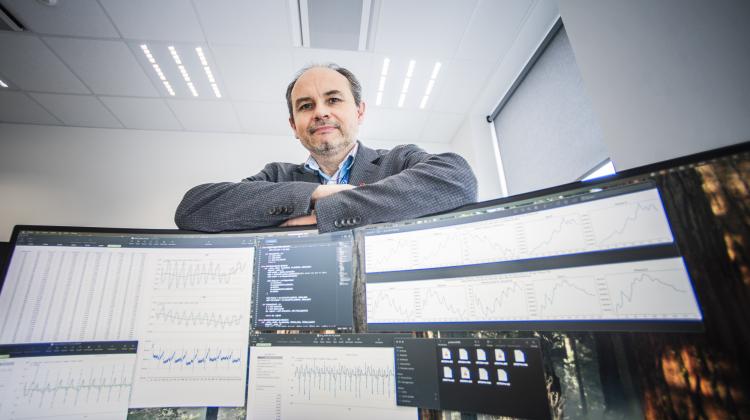How do you imagine the academia in 30 years' time? I asked this question to panelists during the 2017 Innoshare conference, a record of which is available here. The panelists were in agreement - universities are in for a major change.
Technology development accelerates
In 1965, professor Gordon Moore observed that the number of transistors on a single integrated circuit of a specific size and production cost would double every 18 months. This is what is called exponential growth, whereas the observation known as Moore's Law still holds true today. A contemporary smartphone is a million times faster than the computers that 50 years ago filled entire rooms. At this rate of miniaturization, in 20 years, intelligent machines will be small enough to take a trip down our bloodstream. What does it mean for our future?
Continuum is inevitable
It is estimated that should this trend continue, in the 2050-2060s, technologies will be developed practically to order. During the panel discussion, Professor Pawlak provided the following explanation:
'We are approaching a time that I have termed a 2065 continuum. Which is to say that we will be doubling technology in time close to zero and we will be doubling knowledge in time close to zero (...) If the lady wearing the red dress were to call or otherwise communicate with a car manufacturer to say: I want a car the color of my dress, with four antigravity engines, and 5 layflat seats, within two hours' time she would have that vehicle - not a car anymore - ready'.
Ray Kurzweil, in his book called 'Singularity is Near', describes this phenomenon using multi-annual data (thank you T. Liśkiewicz for recommending the book to me). The graph below illustrates the computation power that a 1 000 dollars could buy across the years. You can see clearly that the continuum that professor Pawlak talked about coincides with the moment when for a 1 000 dollars, you will be able to purchase a computer that performs computations at the speed of all human brains combined. A thousand dollars is merely the price of a fine smartphone or a tablet!
What does it mean for universities?
We are on the verge of tremendous technological acceleration. Each technology gives rise to several others and these trigger further development. Will the academia be able to keep up? 5 years of study is a whole entire era for technology and its users. It would suffice to say that in 5 years, the number of Facebook users had hit 450 million.
What is called for is flexibility, an ability to observe the environment and predict what skills and competencies will be required in future. Universities need to adapt to the market because the market is the recipient of graduates; the market creates technologies that engineers use. Graduates need to be prepared to face new challenges and to reskill as technology development will demand.





